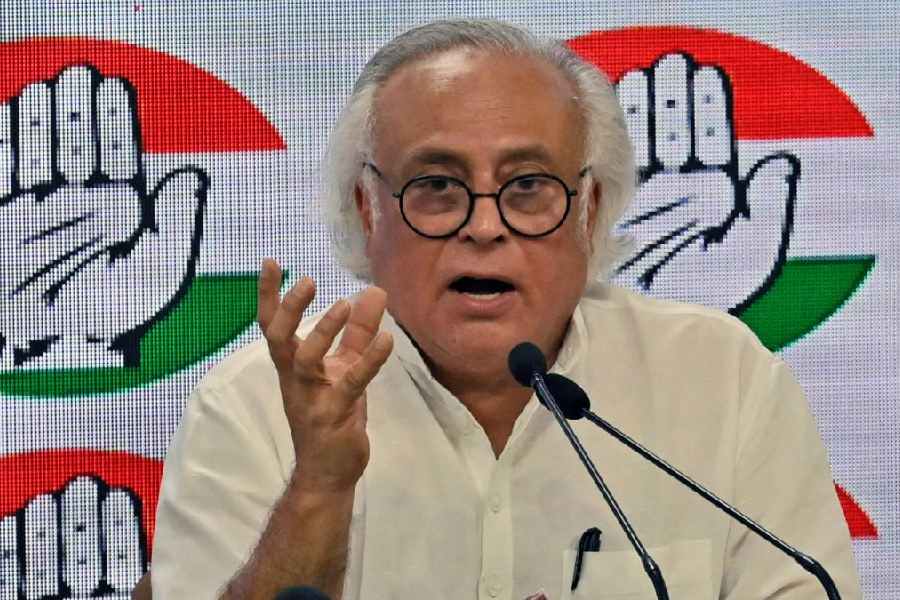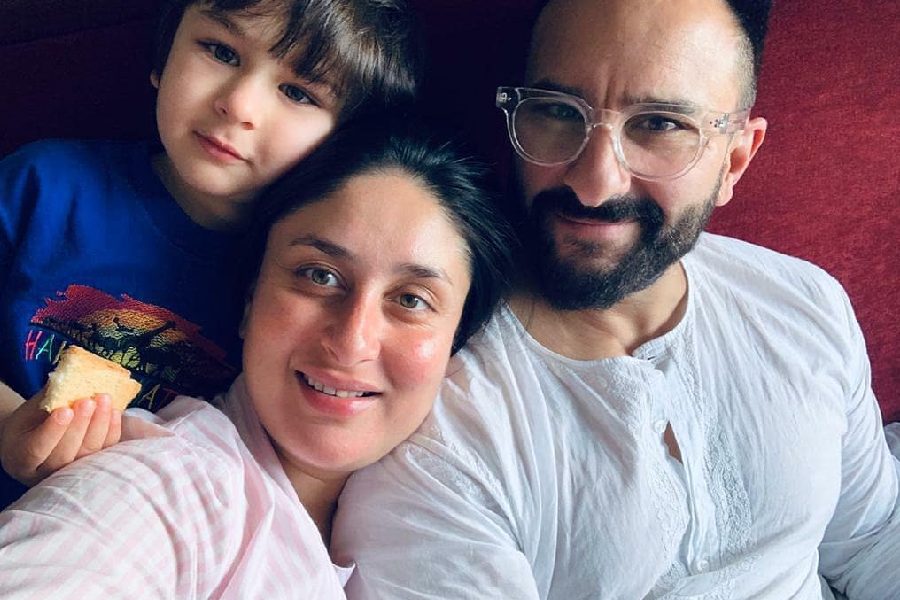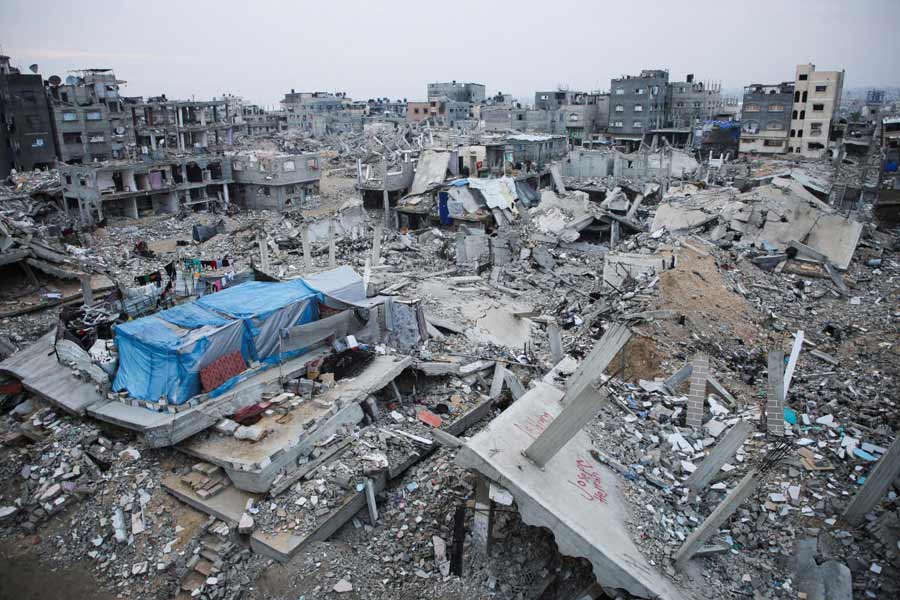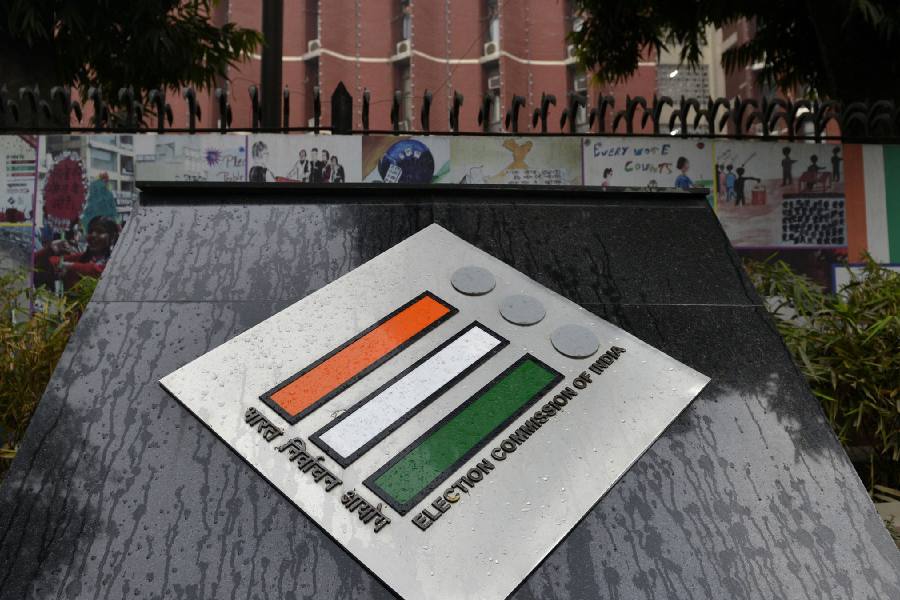For some reason yet to be explained, nearly all the doctors who are dying from coronavirus appear to be Asian, the latest being Abdul Mabud Chowdhury, a 53-year-old Bangladeshi who passed away on Wednesday at Queens Hospital in Romford, East London, leaving behind his wife and two children.
He had only recently celebrated his 25th wedding anniversary.
Chowdhury, a locum urologist in Homerton Hospital in East London who came to the UK after getting his MBBS from the University of Chittagong in 1992, passed away after battling the virus in hospital for 15 days.
Ironically, it was revealed after he had died that Chowdhury had written to the Prime Minister, Boris Johnson, about the woeful lack of personal protective equipment for doctors and other healthcare workers.
The lack of PPE is now threatening to become a national scandal.
In his message addressed to “Dear and Respectable Prime Minister Boris Johnson”, Chowdhury had said: “Please ensure urgently Personal Protective Equipment for each and every NHS health worker in the UK.
“Remember we may be doctor/nurse/HCA/allied health workers who are in direct contact with patients but we are also human beings trying to live in this world disease free with our family and friends.
“People appreciate us and salute us for our rewarding jobs which are very inspirational, but I would like to say we have to protect ourselves and our families in this global disaster.”
Two days ago a Pakistani doctor, Syed Zeeshan Haider, a general practitioner at Dagenham’s Valence Medical Centre, also died at Queens Hospital in Romford. Two weeks ago, Dr Habib Zaidi, another Pakistani doctor, lost his life after spending 24 hours in intensive care at Southend Hospital.
On Monday, an Indian cardiac surgeon, Jitendra Rathod, died at the University Hospital of Wales, Cardiff, where he had saved many patients.
There would probably be a national outcry if the doctors were white.
On Thursday, the BBC reported: “The coronavirus epidemic is having a disproportionate impact on UK black, Asian and minority ethnic communities (BAME), data from intensive care units suggests.
“Following similar reports on the effect on black communities in US cities, the Intensive Care National Audit and Research Centre found that in a sample of 2,000 critically ill patients, 35 per cent were BAME.
According to the last census, 14 per cent of the population as a whole are people are from ethnic minorities.
“Among the possible explanations are the concentration of BAME people in London — where the outbreak is worst —the impact of poverty; the effect of large, multi-generational households; and the fact that ethnic minority workers are often employed in essential, public-facing jobs.”
Anecdotal evidence from Indian doctors — they are themselves at risk — suggests that the toll on the Indian community, despite being well off, is probably the highest in the country. The survey of 2,000 patients receiving critical care showed that although Asians made up 7.5 per cent of the population, they accounted for 13.8 per cent of patients.
Prof. Kamlesh Khunti, from the University of Leicester and the Centre for BME(Black and Minority Ethnic) Health, said: “A lot of people have been concerned about this issue based on anecdotal reports and now this data is showing a signal regarding a higher number of black and minority ethnic populations being admitted to intensive care units.”
Brent in north London, with its large Indian population, has had 250 cases for every 100,000 people in the borough — the highest in the country.
Poverty is certainly not the cause of the high death rate among Indians, who generally make up the most affluent part of the UK population.











